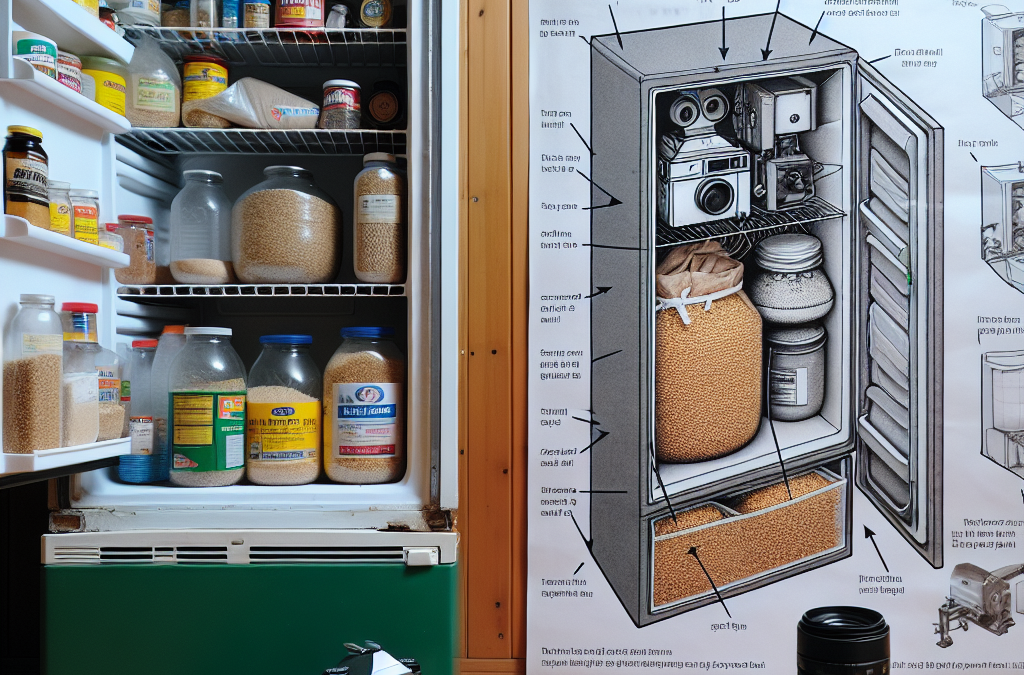
by Grain | | Whole grains
Table of Contents 1. Assessing Your Food Storage Needs 2. Choosing the Right Containers for Food Storage Preparation 3. Proper Food Rotation Techniques 4. Optimal Storage Conditions for Long-Term Preservation 5. Organizing Your Food Storage Area Effectively 6....

by Grain | | Whole grains
Table of Contents 1. Wheat 2. Rice 3. Barley 4. Oats 5. Millet 6. Sorghum 7. Quinoa 8. Rye 9. Rapeseed 10. Pseudograins (Amaranth & Buckwheat) In 2025, ensuring a reliable food supply for years to come is more important than ever. When it comes to preparedness,...

by Grain | | Whole grains
Table of Contents 1. Choose the Right Storage Containers 2. Store Wheat in a Cool, Dry Environment 3. Use Oxygen Absorbers for Extended Shelf Life 4. Keep Wheat in a Pest-Free Area 5. Rotate Your Wheat Stock Regularly 6. Label and Track Your Wheat Supplies 7. Use...

by Grain | | Whole grains
Table of Contents 1. Choose the Right Storage Containers 2. Keep Dry Food in a Cool, Dark Place 3. Label Your Food Properly 4. Use Airtight Seals for Longevity 5. Maintain Consistent Humidity Levels 6. Store Different Types Separately 7. Regularly Inspect Your Stored...

by Grain | | Whole grains
1. Airtight Food Storage Containers 2. Vacuum Sealers for Long-Term Preservation 3. Emergency Food Storage Bins 4. Freeze-Dried Food Storage Solutions 5. Mylar Bags with Oxygen Absorbers 6. Rotating Pantry Systems 7. Solar Food Dehydrators 8. Innovative Food Storage...

by Grain | | Whole grains
Table of Contents 1. The Importance of Quality Mylar Bags 2. Preparing Grain Before Storage 3. Sealing Techniques for Mylar Bags 4. Using Oxygen Absorbers and Inert Atmospheres 5. Proper Storage Conditions for Mylar Bags 6. Labeling and Tracking Your Grain Storage 7....

by Grain | | Whole grains
1. Prioritize Long-Term Food Storage Options 2. Diversify Your Food Supply Portfolio 3. Implement Proper Food Rotation Techniques 4. Incorporate Nutritional Balance into Your Stockpile 5. Use Proper Packaging and Storage Methods 6. Plan for Water and Cooking Supplies...

by Grain | | Whole grains
Table of Contents 1. Choose the Right Storage Containers 2. Control Humidity and Temperature 3. Implement Pest Prevention Strategies 4. Label and Rotate Your Grain Supplies 5. Opt for Natural Preservatives and Additives 6. Store Grains in a Secure, Accessible Location...













